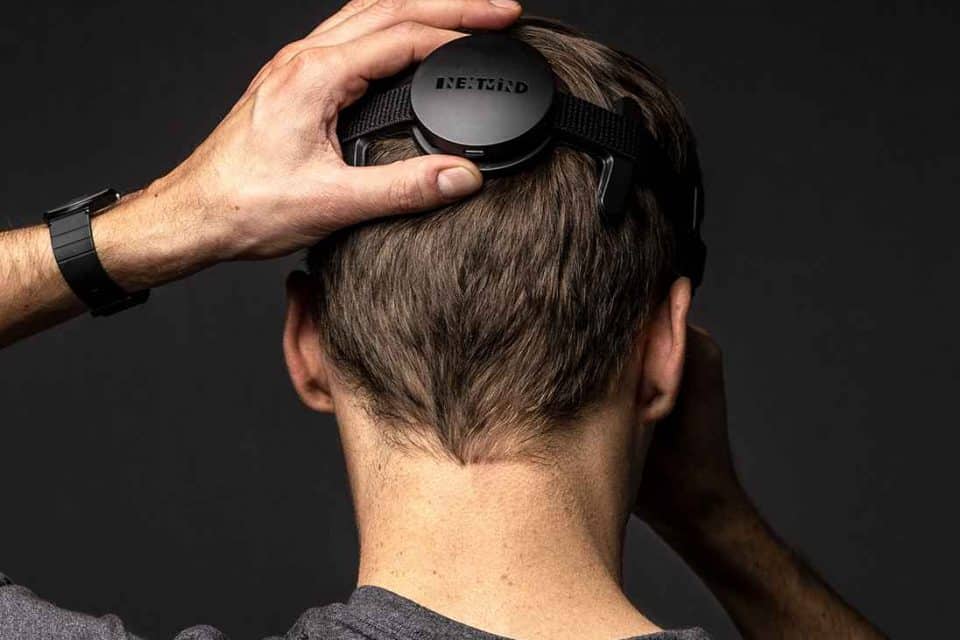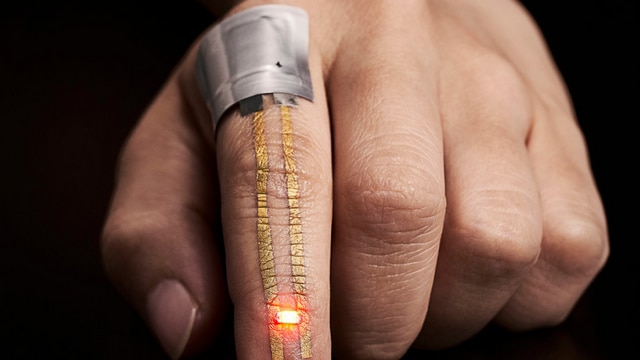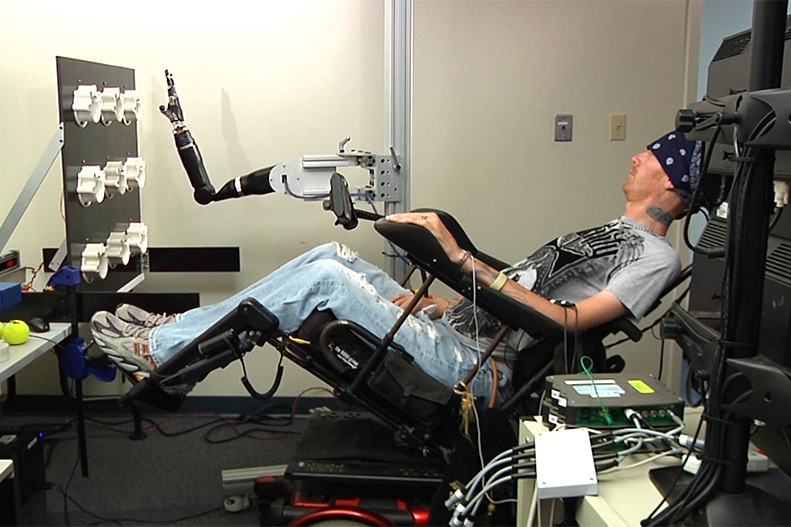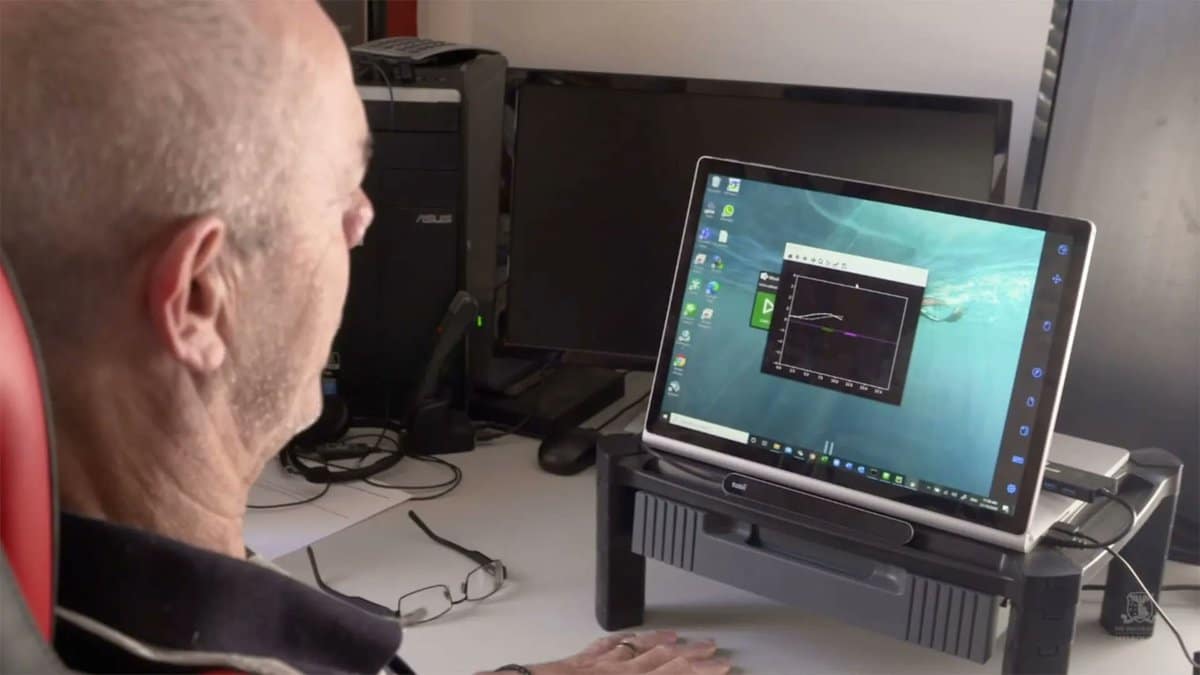In a remarkable achievement, researchers at the University of Texas in Austin have made substantial progress in decoding brain activity and translating it into speech using artificial intelligence (AI). This breakthrough combines a non-invasive brain-computer interface (BCI) that uses fMRI scans to detect cerebral blood flow with powerful AI language models such as GPT-1. Unlike prior technologies, this methodology allows for direct decoding of continuous language from the brain, resulting in a general grasp of unspoken thoughts.
In the study, individuals monitored their brain activity while listening to narrative podcasts. The resultant decoder effectively represented the substance of ideas, raising ethical issues regarding privacy owing to potential access to personal and private thoughts. While now confined to cooperative participants, neuroethicists underline the dangers of misuse and the need for revised human rights legislation to defend cognitive liberty.
Despite its potential, the transformational technology confronts hurdles in producing portable, non-invasive BCIs for commercial application. Influential businesses including Neuralink and Meta are developing BCIs capable of real-time thought translation, underlining the importance of establishing protections against the possible abuse of this quickly evolving technology. Ethical quandaries regarding commercial and government uses require thorough thought before widespread acceptance.
Mass Mind Control Without Requiring Implants
Entrepreneurs like Sid Kouider are pushing the boundaries of technology and neuroscience. Kouider’s firm, NextMind, demonstrated a noninvasive brain interface at events such as Slush, with the goal of redefining human-machine interactions. Unlike typical BCIs, which need surgical implants, NextMind’s gadget lies on the back of the head and uses dry electrodes to collect brain waves. This revolutionary device converts brain impulses into actionable data for operating compatible software, providing a look into the future of technological mind control without the need for intrusive operations.
Kouider pushes for a move to the visual cortex, which he says has a more diverse variety of neuronal impulses. The gadget, which resembles a flattened TIE fighter, uses electroencephalography (EEG) technology to capture electrical activity in the brain. Users go through a calibration process to develop a personalized “neural profile,” which demonstrates the possible use through interactive tasks such as shooting virtual ducks and changing TV stations at a look. While amazing, issues remain concerning the feasibility and broad acceptance of noninvasive BCIs as opposed to traditional input techniques.
Brain-Computer Controlled Devices
The University of Technology Sydney (UTS) researchers have made strides in brain-computer interface technology, introducing a biosensor system enabling thought-controlled operation of devices. Distinguished Professor Chin-Teng Lin and Professor Francesca Iacopi worked with the Australian Army to develop this ground-breaking brain-computer interface, which uses graphene sensors on the back of the scalp. The study, published in ACS Applied Nano Materials, describes the technology’s potential to detect brainwaves from the visual cortex, rendering interfaces such as consoles and keyboards unnecessary.
Wearable dry sensors, which combine graphene and silicon, address corrosion, durability, and skin contact resistance. Users wear a head-mounted augmented reality lens, and the biosensor detects brainwaves by focusing on certain squares and converting them into instructions. The Australian Army displayed the technology, displaying hands-free and voice-free control for applications other than military, such as advanced manufacturing, aerospace, and healthcare. The researchers intend to continue developing brain-computer interface systems with extensive ramifications.
The Quest for Brain-Controlled Computers
Brain-computer interfaces (BCIs) show potential in a variety of sectors, however, non-invasive BCIs confront accuracy and user training issues. Dr. Fabien Lotte heads the BrainConquest research project, which aims to improve training for non-invasive BCI users. Exercises such as playing computer games with the brain and using tactile feedback devices improve the user experience. Due to limitations in data analysis methodologies, the incorporation of resting brain activity data is recommended to increase prediction accuracy.
Despite breakthroughs, non-invasive BCIs have limits, prompting researchers to investigate invasive approaches that include sensors inside the skull. Dr. Aaron Schurger observes a plateau in non-invasive BCI technologies such as electroencephalography (EEG) and anticipates greater usage of invasive BCIs in the next five to ten years, particularly for medical applications. Challenges remain in reaching widespread acceptance, with entrepreneurs and research laboratories actively working on BCIs, highlighting the need of dependability in the sector.
Bezos and Gates-Backed Brain Implant Startup Tests Human Mind-Controlled Computing
Synchron, a Brooklyn-based brain interface firm, is creating technologies to improve the lives of individuals who are paralyzed. Their flagship device, the Synchron Switch, is a non-invasive brain-computer interface (BCI) that is inserted through blood vessels. This breakthrough allows people with restricted physical movement to manage technology such as cursors and smart home gadgets with their minds. While still in its early phases, the Synchron Switch has been used on a few patients in the United States and Australia.
Synchron was created in 2012 and operates in the burgeoning field of brain-computer interfaces, alongside companies such as Neuralink, which was founded by Elon Musk. Synchron’s technology drew attention not only for its ability to change lives but also for its financial support. In December, the startup launched a $75 million fundraising round including contributions from Bill Gates’ investment group and Amazon founder Jeff Bezos.
In 2020, the Food and Drug Administration (FDA) designated the Synchron Switch as a Breakthrough Device, highlighting its potential to treat severe illnesses. It was the first firm to get an Investigational Device Exemption from the FDA, enabling studies of a permanently implanted BCI in human patients. Currently conducting an early feasibility trial with six patients, the business hopes to show the safety of their technology.
More interesting
Synchron differentiates itself from some competitors by taking a less intrusive technique. Synchron’s technology, unlike many BCIs requiring open-brain surgery, is inserted through blood arteries using the Stentrode. This stent is equipped with sensors and delivered near the motor cortex. Connected to an antenna beneath the skin, the stentrode collects and transmits brain signals to external devices. According to Synchron, this strategy is more scalable, utilizing existing endovascular techniques and accessible to a broader range of professionals.
Synchron’s BCI has wide-ranging practical implications, particularly for people suffering from severe paralysis or degenerative illnesses such as ALS. The system restores individuals’ ability to communicate, purchase online, manage their health and finances, and participate in social media. One ALS patient, Philip O’Keefe, made history by tweeting with the BCI, emphasizing the emotional importance of regaining such abilities.
Synchron, which competes with Neuralink, rebuffed Elon Musk’s funding offer. Neuralink is developing a BCI for direct implantation into brain tissue, whereas Synchron is working on a less invasive and more scalable technique. Synchron’s current financing injection, which includes sponsorship from Jeff Bezos and Bill Gates, enables it to expedite product development and move closer to commercialization.
Synchron’s BCI system demonstrated stability and safety over a 12-month period, as indicated by the long-term safety results published in the medical journal JAMA Neurology. The firm stresses the importance of commercialization in providing support to people with paralysis, seeking to be a leader in bringing such breakthrough technology to market.
Brain Controlled Technology
Emotiv is a neurotechnology business that focuses on the development of brain-computer interface (BCI) technologies and equipment. Tan Le and Geoff Mackellar founded Emotiv in 2011, and the company has received prominence for its focus on developing accessible and user-friendly brain-monitoring devices for a variety of applications, including gaming, health, research, and education.
Emotiv’s flagship product is the Emotiv Insight, a wireless EEG (electroencephalogram) headset that measures brain activity and interprets mental states in real-time. The headgear has numerous sensors that make contact with the scalp, allowing it to detect electrical impulses produced by the brain. Emotiv’s unique algorithms then analyze the data to give insights on cognitive states, emotions, and mental engagement.
Requirements
The Emotiv Insight has several key characteristics, including:
- Wireless Connectivity: The headset is wireless, giving users flexibility of movement during applications and activities.
- Multi-channel EEG: The Emotiv Insight uses many electrodes to monitor brain activity from diverse locations, providing a more complete knowledge of neural processes.
- Emotiv’s software interprets brainwave data in real-time, providing users with immediate feedback on their cognitive states and emotional responses.
- SDKs and APIs: Emotiv offers software development kits (SDKs) and application programming interfaces (APIs), which allow developers to build bespoke apps and incorporate Emotiv technology into their projects.Applications
- Emotiv’s technology commonly powers interactive gaming experiences, leveraging user brain activity in the gaming industry and research. It also has uses in research, healthcare, and neurofeedback training.
Emotiv has expanded its product range to include variants on its EEG headgear, including the Emotiv EPOC X and Emotiv MN8. These gadgets serve a variety of purposes, including consumer applications, scientific research, and brain-machine interface development.
While Emotiv has made considerable achievements in making neurotechnology more accessible, it competes with other businesses focused on BCIs, including Neuralink, Synchron, and NeuroSky. Advancements in this subject show potential for a variety of applications, including improving gaming experiences, contributing to neuroscience research, and treating people with neurological diseases.






